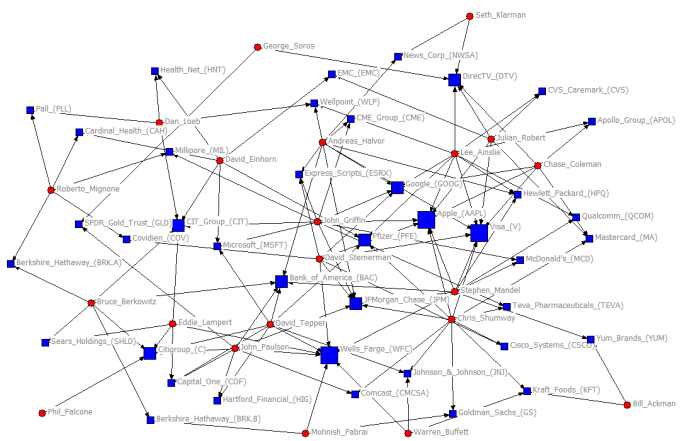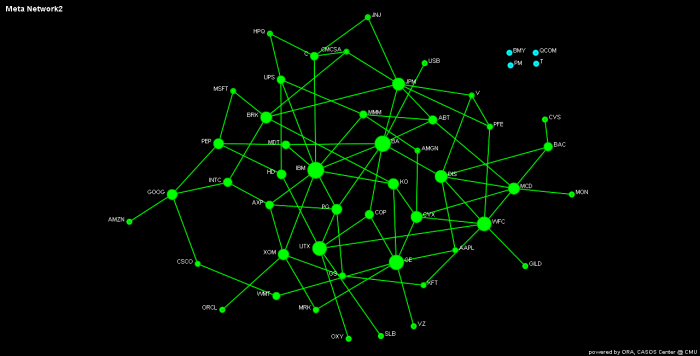10 Keys to Innovation
The best way to coax ideas is to be systematic. Imagine that what follows is like a bunch of keys. Work through them one by one. Some may not be helpful but others may unlock entrepreneurial potential.
- Reinvent the Familiar
- Improve the Familiar
- Reduce Loss
- Solve Problems
- Take What Nobody Wants
- Make the Expensive Cheap
- Get the Price Right
- Add Value
- Invent A Name
- The Master Key (i.e. Social Acceptance)
Value of Knowledge Management
Following are some extract for Marina du Plessis article titled “Drivers of Knowledge Management in the Corporate Environment”
….the value that knowledge management adds lies in:
- Creating collaboration forums where knowledge can be created and shared, that can act as a catalyst for decisions and actions to be taken based on knowledge shared or created in these forums, in order to maximise opportunities.
- Retaining knowledge created and shared through collaboration forums and making it available for reuse later in a different context.
- Mining of internal business information and external information (including customer oriented information), turning it into knowledge through the use of knowledge management tools, e.g. business intelligence, whereby trends relating to the business and its external environment can be identified and acted upon.
- Increasing individual, team and organisational efficiency through the use of collaboration forums.
- Centralising access to knowledge, thus providing one view of a particular subject or area, e.g. customer knowledge.
Based on the above, the overarching objective of knowledge management according to the
author is thus to create, share, harvest and leverage knowledge in order to:
- Initiate action based on knowledge.
- Support business strategy implementation and realisation of business objectives.
- Create an intelligent enterprise through.
- Retention of corporate and individual knowledge.
- More accurate prediction of important opportunities.
- Growth of the corporate knowledge base.
- Increase competitive advantage.
- Create an innovative culture and environment.
- Entrench collaboration as a work practice.
- Improve work efficiency, i.e. increased organisational capacity through:
- Improved decision making.
- Improved customer service.
- Improved solution of business problems.
- Increased productivity.
- Improved leveraging of corporate and individual knowledge.
Full article here.
What does it mean to practice Knowledge Management?
What is it that people actually do when they say they practice Knowledge Management? And why? They generally have two objectives. First they nurture the creation of new knowledge in order to speed up innovation and gain a competitive advantage. Second, by sharing existing knowledge they try to increase efficiency, i.e. prevent the wheel from being invented twice.
Christian van ‘t Hof further discussed three main activities related to the practice of knowledge management to achieve the two objectives mentioned earlier, namely:
- Cultivating the corporate repository (intranet, wiki, etc.)
- Connecting Experts through Yellow Pages (knowledge mapping)
- Building communities of practice
Yup, that’s it.
Dave Snowden’s Knowledge Management Principles
Here are the seven Knowledge Management Principles according to Dave Snowden of Cognitive Edge:
- Knowledge can only be volunteered it cannot be conscripted.
- We only know what we know when we need to know it.
- In the context of real need few people will withhold their knowledge.
- Everything is fragmented. We evolved to handle unstructured fragmented fine granularity information objects, not highly structured documents.
- Tolerated failure imprints learning better than success.
- The way we know things is not the way we report we know things.
- We always know more than we can say, and we will always say more than we can write down.
Note about point 3: In this podcast, Snowden mentioned that people will share if other people really need it, but if we asked them to share their knowledge and codify them into a database on the basis that other people may need it, chances are people are not going to do it.
Source: Cognitive Edge


